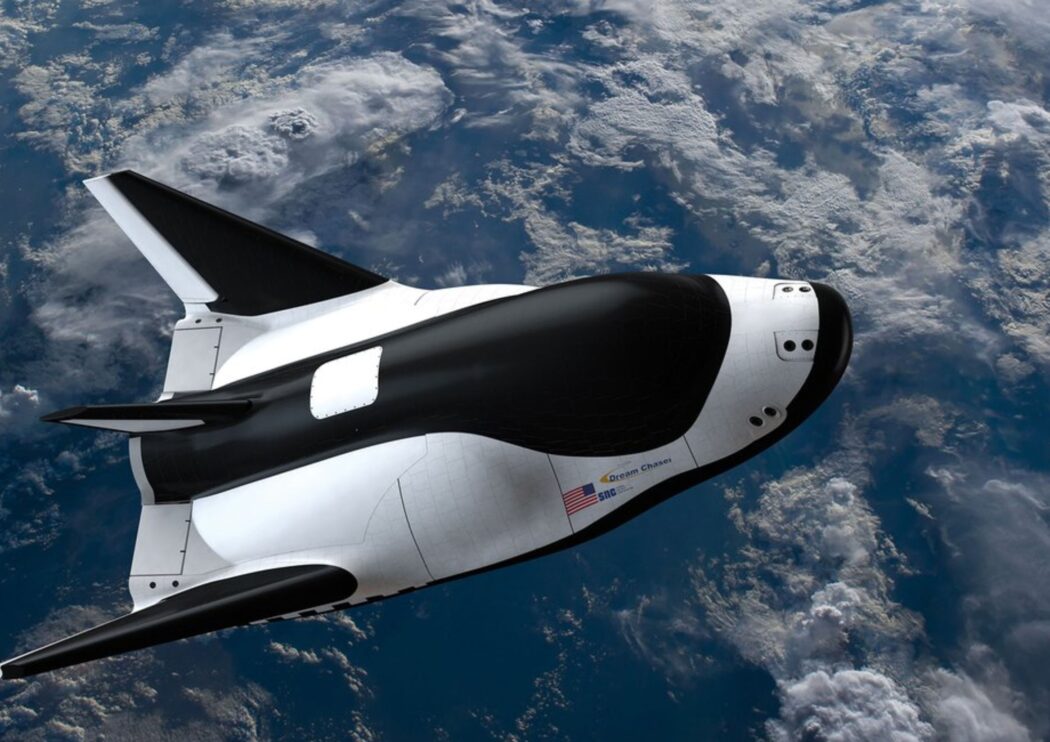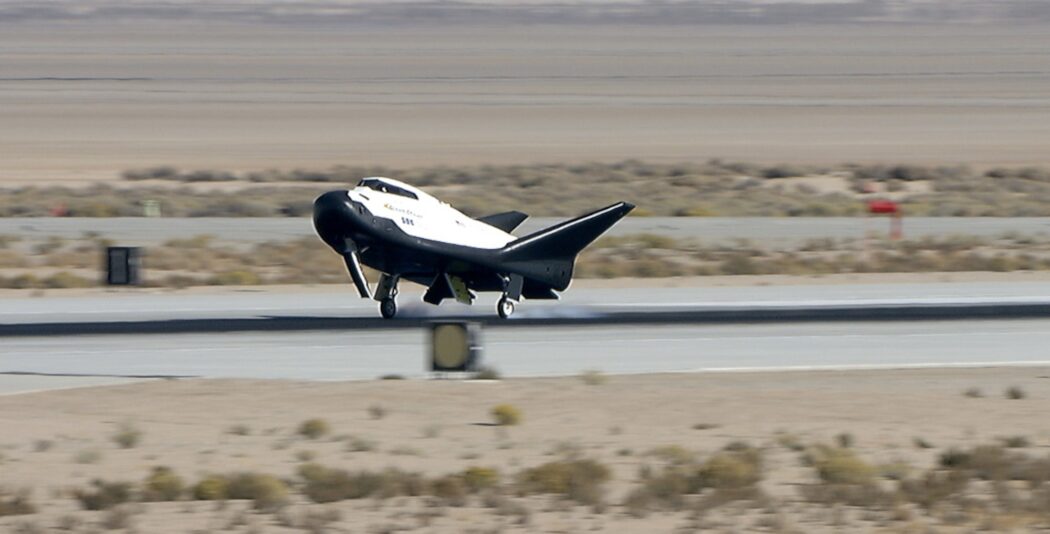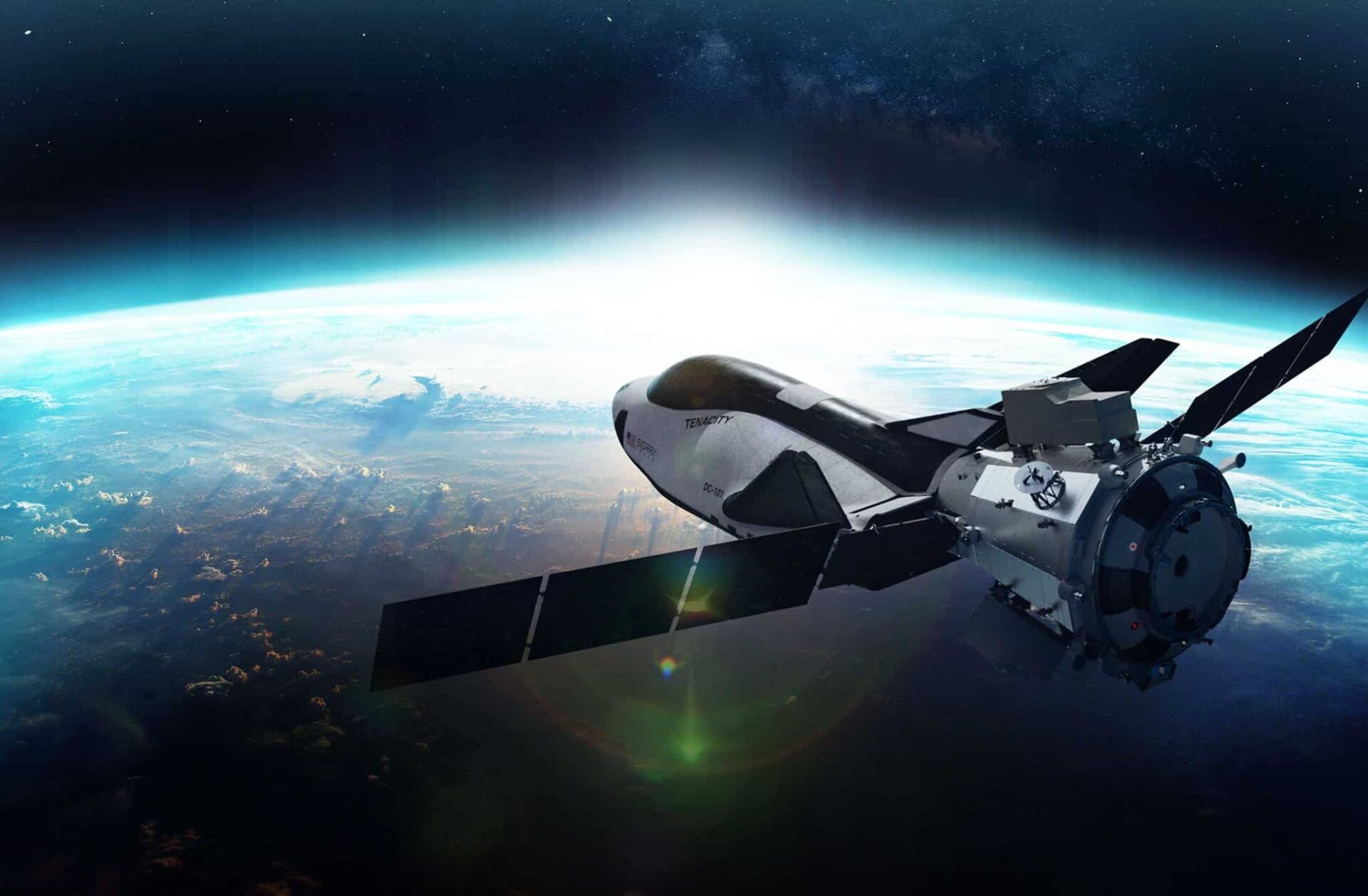The world’s first winged commercial space plane is edging closer to launch. Sierra Space’s Dream Chaser DC-100 recently arrived at NASA’s Kennedy Space Center in Florida on Saturday, May 18, for final testing ahead of its forthcoming mission to the International Space Station (ISS).

The Dream Chaser is designed to transport cargo between Earth and the ISS. With dimensions of 30 feet in length and 15 feet in width, the plane boasts a lifting body and unique wings that allow it to land on a runway, similar to NASA’s retired space shuttle. Attached to it is a 15-foot Shooting Star module capable of carrying up to 7,000 pounds of cargo internally, with additional gear externally. Unlike the reusable Dream Chaser, the Shooting Star module is meant to burn up during reentry, allowing for the disposal of up to 8,500 pounds of trash per mission. According to NASA, the Dream Chaser will complete at least seven missions to the ISS.

The inaugural Dream Chaser, named Tenacity, is scheduled to deliver 7,800 pounds of food, water, and scientific experiments to the ISS. It has recently undergone vibration, temperature, and pressure testing at NASA’s Neil Armstrong Test Facility in Sandusky, Ohio, and will now be subjected to further assessments by the team in Florida. Pre-launch preparations include acoustic and electromagnetic interference and compatibility testing, finalizing the plane’s thermal protection system, and integrating the final payload.
Tenacity will be launched aboard a United Launch Alliance (ULA) Vulcan rocket from Cape Canaveral Space Force Station later this year, although the exact date remains unconfirmed. After spending about 45 days at the ISS, Tenacity will return to Florida, where the Sierra Space team will unload the remaining NASA cargo and prepare the plane for its next mission.

Tenacity is the first in a series of Dream Chasers that will conduct low-orbit delivery missions to the ISS. Future missions are expected to last up to 75 days and transport as much as 11,500 pounds of cargo, according to NASA. Interestingly, Sierra Space initially planned for the Dream Chaser to carry passengers as well, but companies like SpaceX and Blue Origin were quicker to develop crafts for transporting astronauts and civilians, highlighting the competitive nature of the space race.



